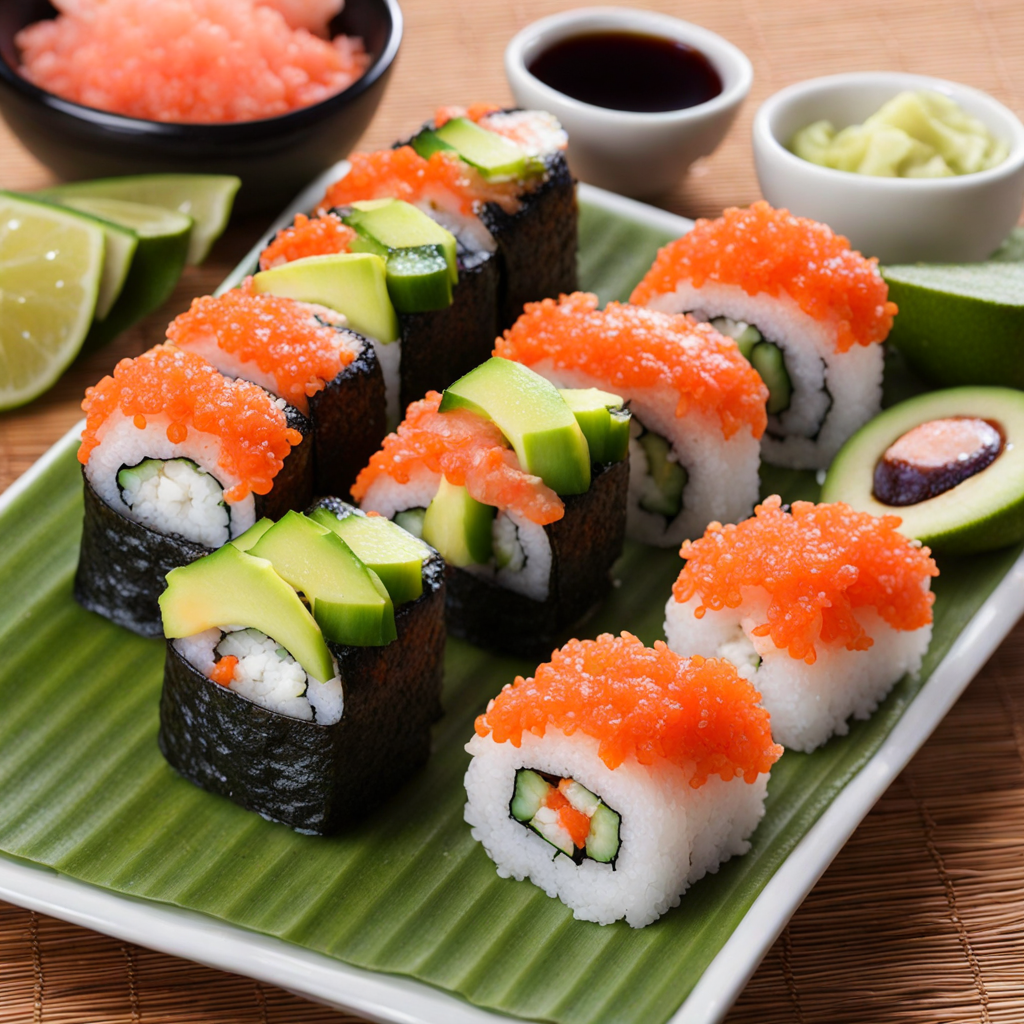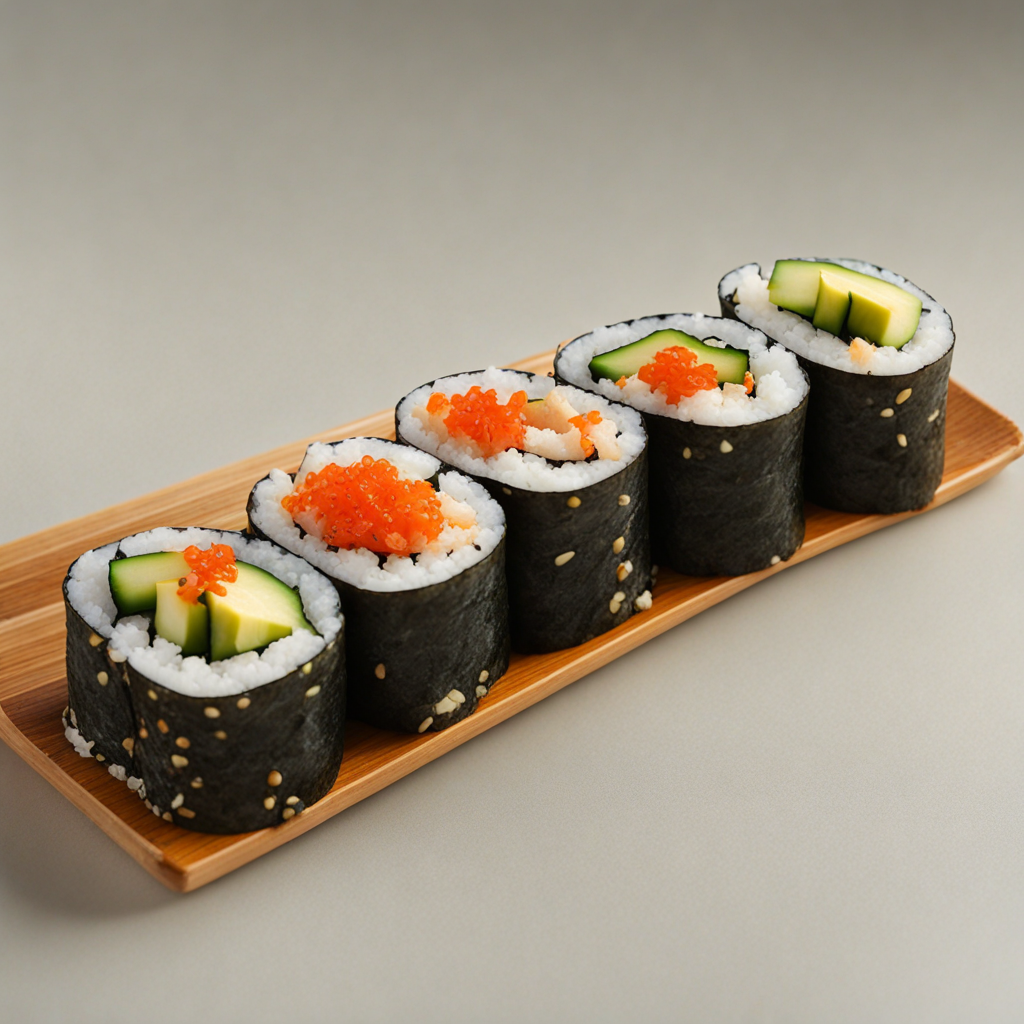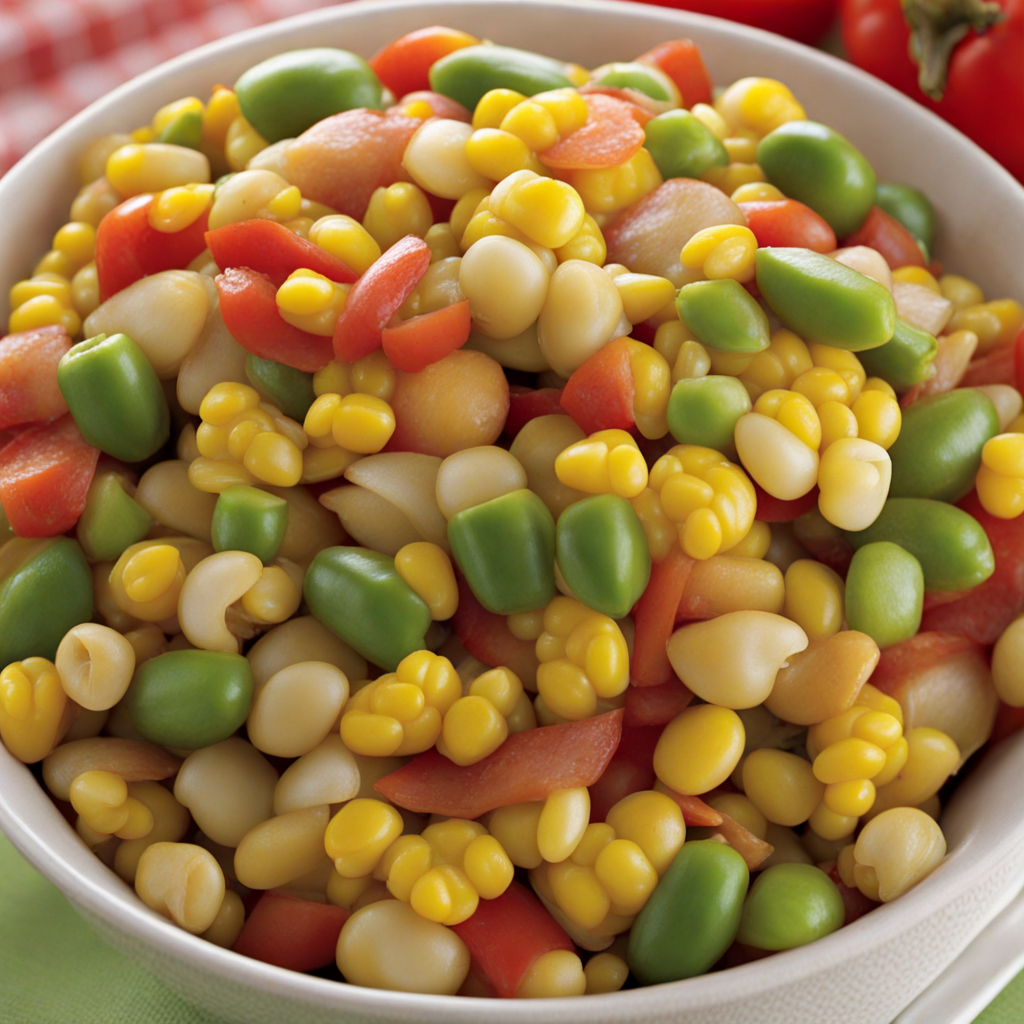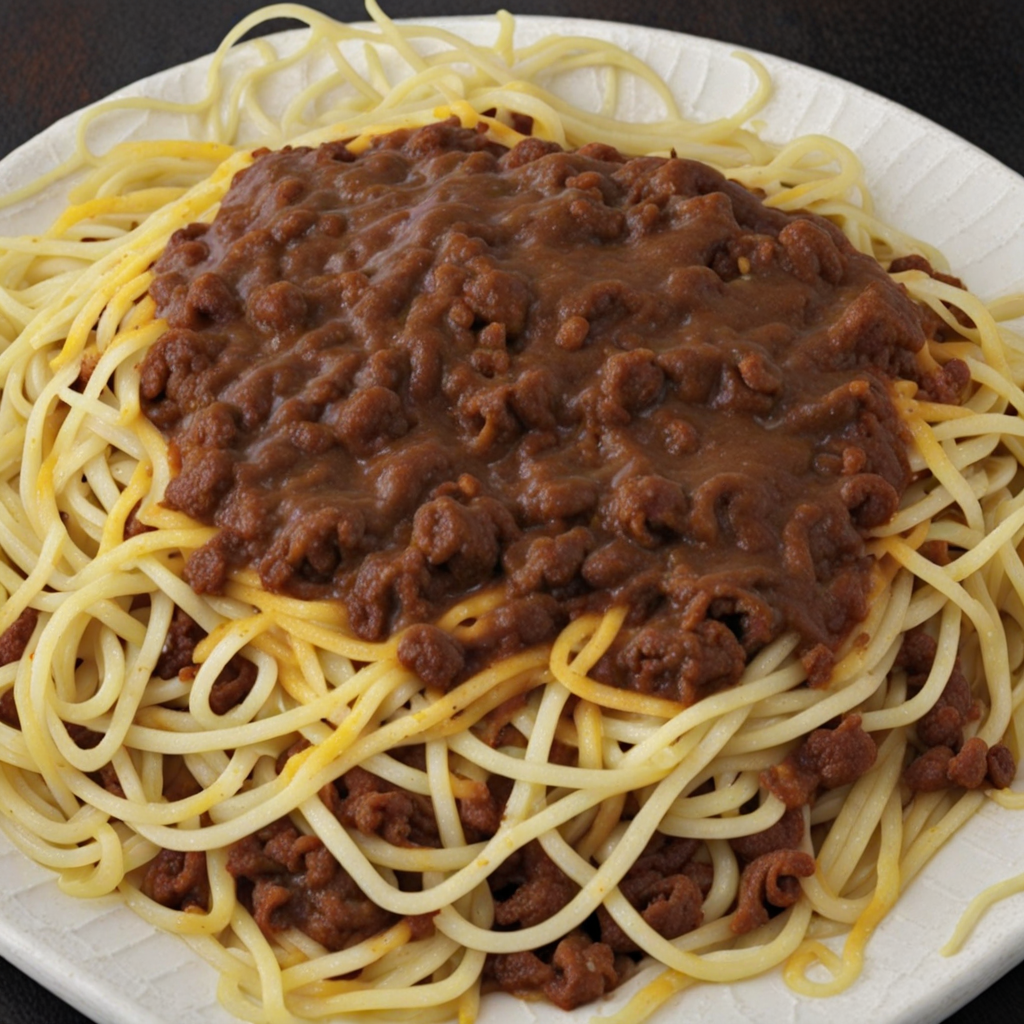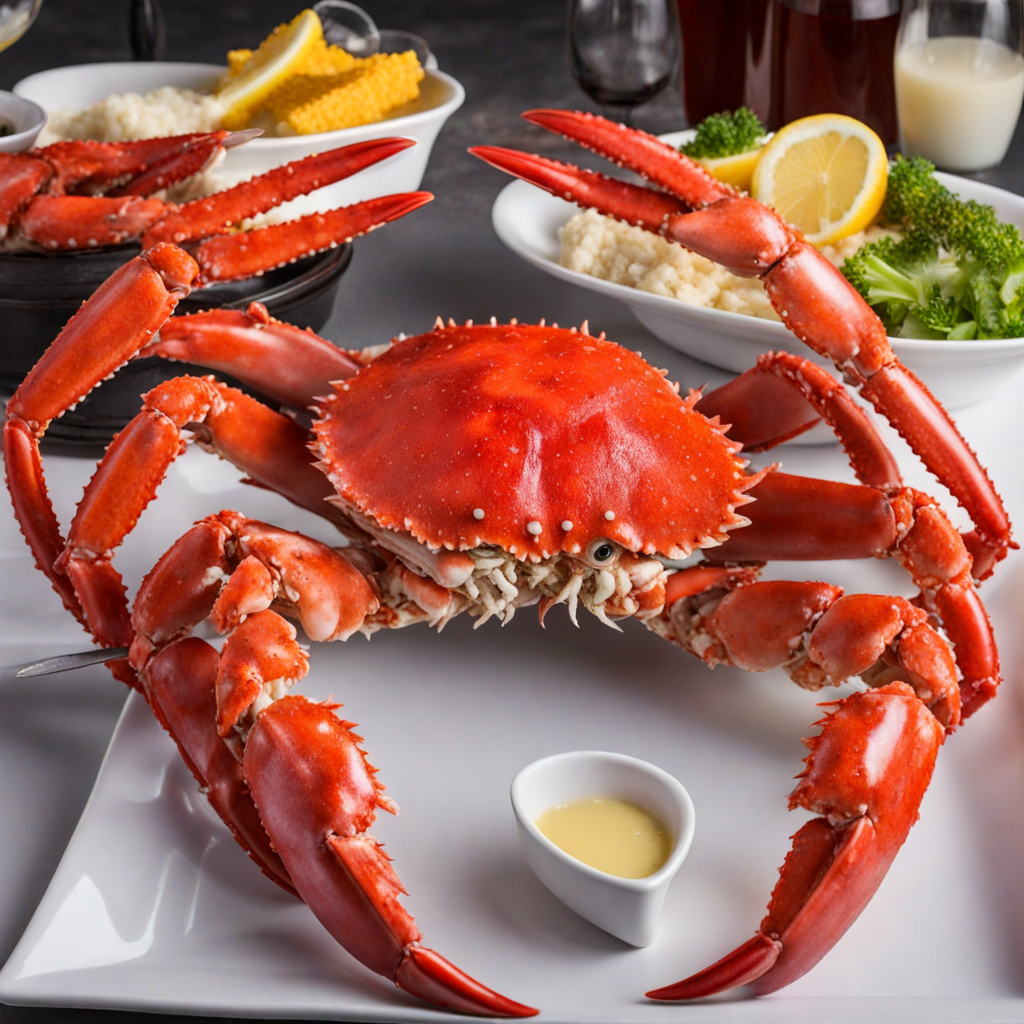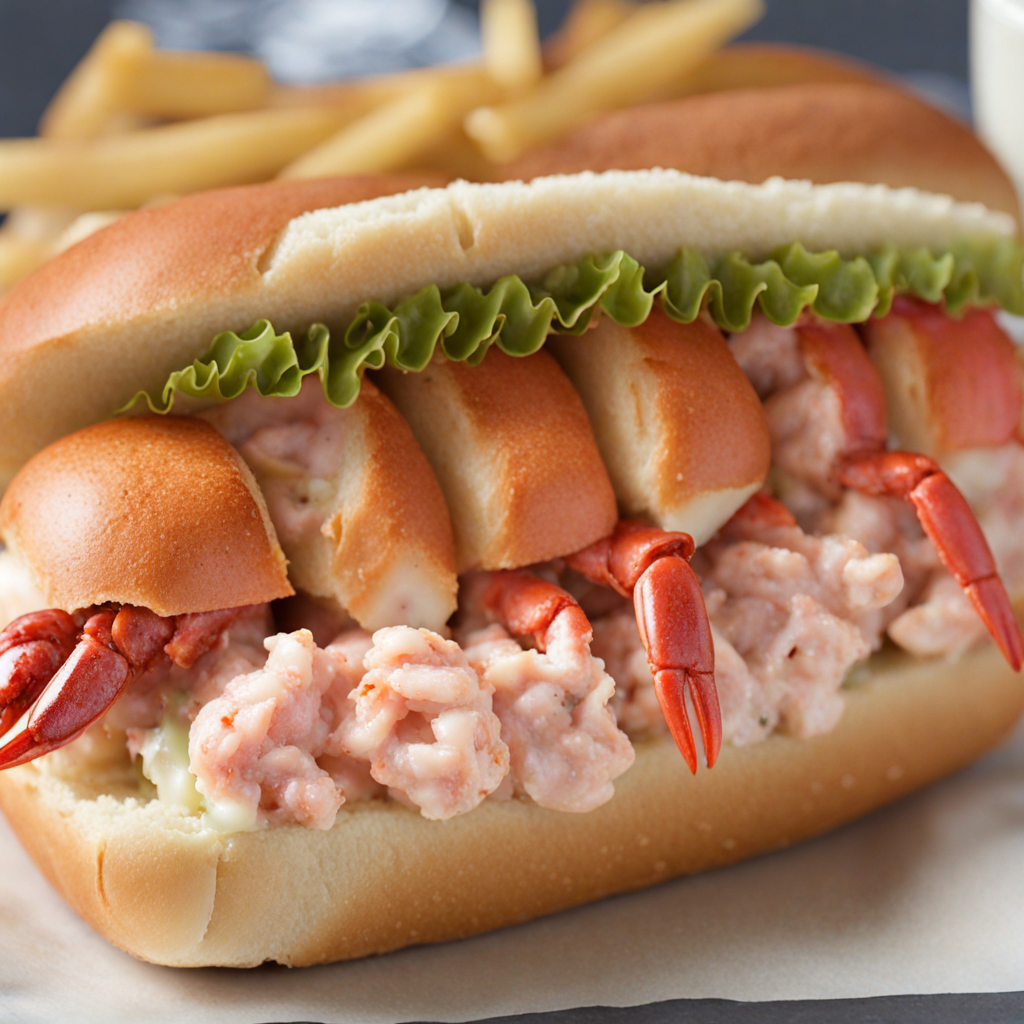California Roll
California Roll is a delightful fusion sushi that originated in the United States, specifically in California. This roll is a perfect representation of the blend of traditional Japanese ingredients with the innovative spirit of American cuisine. The California Roll typically features vinegared rice, which is the foundation of any sushi, encasing a medley of fresh and vibrant fillings. The most iconic ingredients include imitation crab meat, creamy avocado, and crisp cucumber, creating a symphony of flavors and textures with each bite. One of the most appealing aspects of the California Roll is its accessibility. The use of imitation crab, often made from surimi, allows those who may be hesitant to try raw fish to enjoy a sushi experience without any of the traditional seafood elements. The avocado adds a rich, buttery flavor that complements the sweetness of the crab, while the cucumber contributes a refreshing crunch. The roll is often garnished with sesame seeds and served with soy sauce, pickled ginger, and wasabi, enhancing the overall taste profile and offering a delightful contrast of flavors. California Rolls are not just a treat for the palate; they are also visually appealing. The vibrant green of the avocado, the pale pink of the imitation crab, and the bright white rice create an eye-catching presentation that invites you to indulge. Often served in sushi restaurants and as a popular choice for those new to sushi, the California Roll has become a staple in the American sushi scene. It exemplifies the creativity and adaptability of food culture, making it a must-try for anyone looking to explore new culinary horizons.
How It Became This Dish
The California Roll: A Culinary Journey from Coast to Coast #### Origins The California Roll, a quintessential symbol of American sushi, has a fascinating history that intertwines cultural exchange and culinary innovation. It is widely believed that this sushi variant was created in the late 1960s or early 1970s in Los Angeles, a city already known for its rich tapestry of multicultural influences. The roll emerged against the backdrop of a growing interest in Japanese cuisine, particularly sushi, among the American populace. The exact origins of the California Roll are often debated, with several claims to its invention. One popular narrative credits chef Ichiro Mashita, who worked at a sushi restaurant in Los Angeles called "Tokyo Kaikan." According to this story, Mashita devised the California Roll as a way to introduce sushi to the American palate, using avocado—a fruit that was more familiar to Americans than traditional sushi ingredients like raw fish. By substituting crab meat with imitation crab (surimi), which was more affordable and accessible, he created a dish that resonated with local tastes while retaining Japanese culinary techniques. Another account suggests that the roll was developed by a different sushi chef, perhaps in a different restaurant, reflecting the collaborative and experimental spirit of the era. Regardless of its exact birthplace, the California Roll quickly gained popularity, serving as a bridge between Eastern and Western culinary traditions. #### Cultural Significance The California Roll embodies a significant cultural moment in America, marked by an increasing openness to international cuisines during the late 20th century. This period saw a growing interest in health-conscious eating and the exploration of diverse flavors, which sushi offered in abundance. As the health benefits of fish and fresh vegetables became more widely recognized, sushi bars began to pop up across the United States, and the California Roll emerged as a friendly introduction to this new culinary landscape. Moreover, the roll’s ingredients made it particularly appealing to those hesitant about traditional sushi. The use of cooked crab, avocado, and cucumber helped demystify sushi for many Americans who were wary of raw fish. The California Roll's creativity and adaptability were crucial for its acceptance; it allowed diners to enjoy sushi without the daunting aspects of raw seafood. The roll also holds historical significance as part of the broader "fusion cuisine" movement that emerged in the 1980s and 1990s. This culinary trend celebrated the blending of ingredients and techniques from various cultures, leading to the creation of hybrid dishes that reflected a globalized food landscape. The California Roll, with its combination of Japanese techniques and American ingredients, was emblematic of this movement, showcasing how food could transcend cultural boundaries. #### Development Over Time As the California Roll gained traction in the United States, it underwent various transformations, adapting to regional tastes and preferences. By the 1980s, sushi bars were becoming increasingly common, and the California Roll was a staple on many menus. Its popularity coincided with the rise of sushi as a trendy dining option, often associated with a modern, upscale lifestyle. In the 1990s, the California Roll began to infiltrate mainstream American culture, appearing in grocery stores, restaurants, and even fast-food chains. Pre-packaged California Rolls became a common sight in supermarkets, making sushi more accessible to those who might not dine out often. This mass-market appeal further solidified the California Roll's status as an American culinary icon. As the roll evolved, chefs began to experiment with its basic formula, giving rise to various interpretations. Some added spicy mayo or tempura flakes for extra texture and flavor, while others incorporated different proteins, such as shrimp or salmon. The California Roll also inspired other fusion rolls, such as the Philadelphia Roll (with cream cheese) and the Spicy Tuna Roll, further showcasing the versatility and adaptability of sushi in American cuisine. The California Roll's influence can also be seen in its global reach. As American culture spread worldwide, so too did the California Roll. It became a symbol of Westernized sushi, appearing in sushi restaurants across the globe, from Europe to Asia. Interestingly, the roll itself has even been embraced in Japan, where it is often served in "sushi bars" that cater to tourists and locals alike, further blurring the lines between traditional Japanese cuisine and its Western adaptations. #### Modern-Day California Roll Today, the California Roll remains a beloved dish in the United States, often serving as an entry point for those new to sushi. Its continued popularity speaks to the success of fusion cuisine and the ongoing evolution of food culture in an increasingly globalized world. The roll's ingredients have remained relatively stable, but the presentation and preparation have become more sophisticated, reflecting trends in gastronomy and diners' expectations. In recent years, there has been a resurgence of interest in authentic sushi-making techniques, leading to a renewed appreciation for traditional sushi. However, the California Roll persists as a comfort food for many, cherished for its simplicity and flavor. Chefs continue to innovate, creating new versions that incorporate seasonal ingredients or regional flavors, ensuring that the California Roll remains relevant in the ever-changing culinary landscape. Furthermore, the California Roll has sparked discussions about cultural appropriation in food. As a dish that embodies a blend of influences, it raises questions about the ownership of culinary traditions and the importance of understanding the cultural contexts from which they arise. This conversation is vital in today’s food discourse, as it encourages chefs and diners alike to engage with food in a more thoughtful and respectful manner. #### Conclusion The California Roll is more than just a popular sushi dish; it is a testament to the power of culinary innovation and cultural exchange. Born out of necessity and creativity, it has transcended its origins to become a beloved staple in American cuisine. Its journey reflects broader societal changes, from the globalization of food culture to the ongoing dialogue about cultural appropriation. As we savor the flavors of this iconic roll, we also celebrate the rich history that has shaped it, recognizing its place in the ever-evolving narrative of food.
You may like
Discover local flavors from United States


